Smoke and Soot Removal: Essential Techniques for Fire Damage Restoration
Smoke and Soot Removal: Essential Techniques for Fire Damage Restoration
Managing the consequences of a fire may be extremely challenging and intimidating. Smoke and soot can do significant harm to your house, and it is crucial to comprehend the most effective methods for removing them in order to restore fire damage effectively.
What Are The Different Types Of Soot Produced By Fires, And How Do They Affect Cleaning Methods?
Fires produce different types of soot, each requiring specific cleaning methods. Soot can be categorized into three types: dry, wet, and oily.
Dry soot is powdery and dry, typically produced by high-temperature fires involving paper or wood. This soot can often be removed with a dry cleaning sponge, vacuuming, or light brushing. However, it's crucial to avoid wet cleaning methods initially, as moisture can embed the soot deeper into surfaces, making it harder to remove.
Wet soot is sticky and dense, often resulting from low-temperature fires involving plastics or other synthetic materials. This type of soot requires more intensive cleaning methods, including specialized detergents and wet sponging. Wet soot tends to smear, so using the correct cleaning agents is important to avoid spreading the residue further.
Oily soot is a byproduct of burning fuel oil or other petroleum-based products. Due to its greasy nature, oily soot is particularly challenging to clean. Degreasing agents and specialized chemical cleaners are essential to effectively break down and remove the residue.
Understanding the type of soot you are dealing with is the first step in determining the appropriate cleaning method. Each type requires a different approach to ensure thorough and effective removal.
How Can I Safely Remove Smoke Odor From My Home After A Fire?
The lingering smell of smoke after a fire can be persistent and challenging to eliminate. Removing smoke odor requires a combination of cleaning techniques and deodorizing treatments.
Start by ventilating your home to allow fresh air to circulate and help dissipate the smoke odor. Open windows and doors and use fans to increase airflow. Next, thoroughly clean all surfaces, including walls, ceilings, floors, and furniture, with appropriate cleaning agents. A mixture of vinegar and water can help neutralize odors on surfaces.
Professional cleaning services may be necessary to effectively remove the smoke odor from fabrics and upholstery. Washing curtains, bedding, and other washable items with detergent and vinegar can also help.
One effective method for deodorizing your home is using ozone generators. These devices produce ozone, which can neutralize smoke odors at a molecular level. However, it's important to use ozone generators cautiously and follow manufacturer instructions, as ozone can be harmful if used improperly.
Additionally, consider using activated charcoal or baking soda to absorb odors. Placing bowls of these substances around your home can help to draw out and neutralize lingering smoke smells.
What Are The Health Risks Associated With Smoke And Soot Exposure, And How Can I Protect Myself During Cleanup?
Exposure to smoke and soot can pose significant health risks. Soot particles can be inhaled and cause respiratory issues, while smoke contains toxic compounds that can irritate the eyes, skin, and respiratory system.
During cleanup, it's crucial to protect yourself by wearing appropriate personal protective equipment (PPE). This includes wearing a NIOSH-approved N95 mask or respirator to filter out fine particles, gloves, goggles, and protective clothing to minimize skin contact.
Ensure that the area you are cleaning is well-ventilated to reduce the concentration of harmful particles in the air. Using air purifiers with HEPA filters can help capture airborne soot and improve indoor air quality.
It is also advisable to take frequent breaks and avoid prolonged exposure to contaminated areas. If you experience symptoms such as coughing, difficulty breathing, or skin irritation, seek medical attention promptly.
Is It Possible To Salvage Belongings Affected By Smoke And Soot, Or Should They Be Discarded?
Deciding whether to salvage or discard belongings affected by smoke and soot depends on the extent of the damage and the type of items involved.
Non-porous items such as glass, metal, and some plastics can often be cleaned and restored. These materials do not absorb smoke and soot as easily and can be cleaned with appropriate methods and cleaning agents.
Porous items like fabrics, upholstery, and paper products are more challenging to salvage. These materials can absorb smoke and soot, making it difficult to remove odors and stains completely. In some cases, professional cleaning services can restore these items. However, severely damaged or irreplaceable items may need to be discarded to prevent lingering odors and potential health risks.
Electronics exposed to smoke and soot should be handled with caution. The fine particles can penetrate electronic components and cause long-term damage. Consult a professional technician to assess whether affected electronics can be safely cleaned and restored.
It's often best to consult with a fire damage restoration professional when in doubt. They can provide expert advice on which items can be salvaged and the best methods for cleaning and restoration.
Addressing smoke and soot damage promptly and effectively after a fire is crucial. You can successfully restore your home and belongings by understanding the different types of soot, using appropriate cleaning methods, and taking necessary precautions to protect your health.
Why United Water Restoration Group of Charlotte is Your Best Choice
United Water Restoration Group of Charlotte is the top choice regarding fire damage restoration for many reasons. Our staff consists of knowledgeable and accredited experts that possess a deep understanding of the complexities involved in removing smoke and soot. We employ cutting-edge equipment and advanced processes to guarantee a comprehensive cleaning and restoration of your home, bringing it back to its original state before the fire.
Our comprehensive services include initial assessment, thorough cleaning, deodorization, and sanitization, ensuring that no aspect of fire damage is overlooked. We understand the urgency of addressing fire damage, so we offer 24/7 emergency services to respond promptly to your needs.
We prioritize your health and safety at United Water Restoration Group of Charlotte. Our team follows strict safety protocols, using advanced PPE and air filtration systems to protect you and our workers during the cleanup process. We also guide you on how to protect yourself and your family from the health risks associated with smoke and soot exposure.
We are committed to restoring your property and your peace of mind. Our compassionate and professional approach ensures you are informed and supported throughout restoration. United Water Restoration Group of Charlotte is committed to providing exceptional service and ensuring customer happiness, always maintaining a reputation for excellence.
Frequently Asked Questions
How much does smoke and soot removal cost?
The cost of smoke and soot removal varies depending on the damage's extent and the affected area's size. On average, homeowners can expect to pay between $2,000 and $6,000 for comprehensive fire damage restoration services. For an accurate estimate, contacting us for a detailed assessment is best.
Can I clean the smoke and soot damage myself?
While minor smoke and soot damage might be manageable with DIY methods, professional intervention is highly recommended for extensive damage. Professionals have the expertise, equipment, and cleaning agents necessary to thoroughly remove smoke and soot, ensuring a safe and effective restoration.
How long does the restoration process take?
The restoration process's duration depends on the damage's severity and the affected area's size. Minor damage may take a few days to a week to address, while more extensive damage can take several weeks. Our team works efficiently to restore your home quickly without compromising quality.
Take Action Now: Restore Your Home with Confidence
At United Water Restoration Group of Charlotte, we are ready to help you reclaim your home from the aftermath of a fire. Don't let smoke and soot damage compromise your health and safety.
Call us now at 704-228-8888 or visit our website to schedule an appointment. Your home deserves the best care; we're here to provide it.
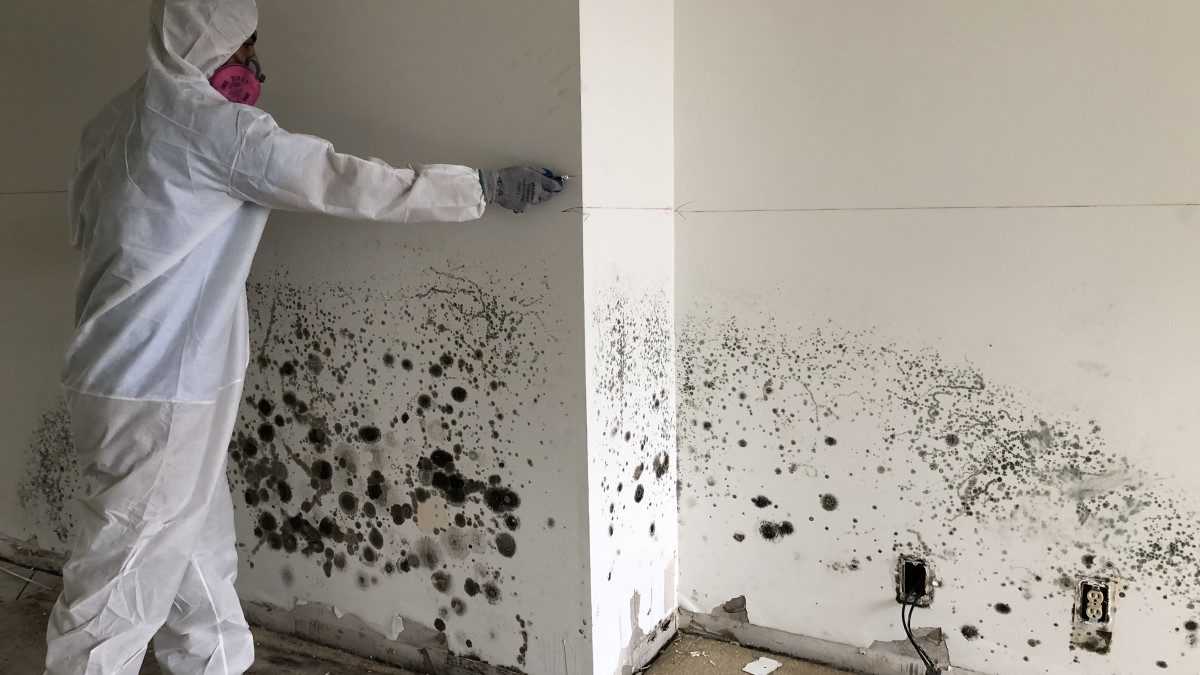
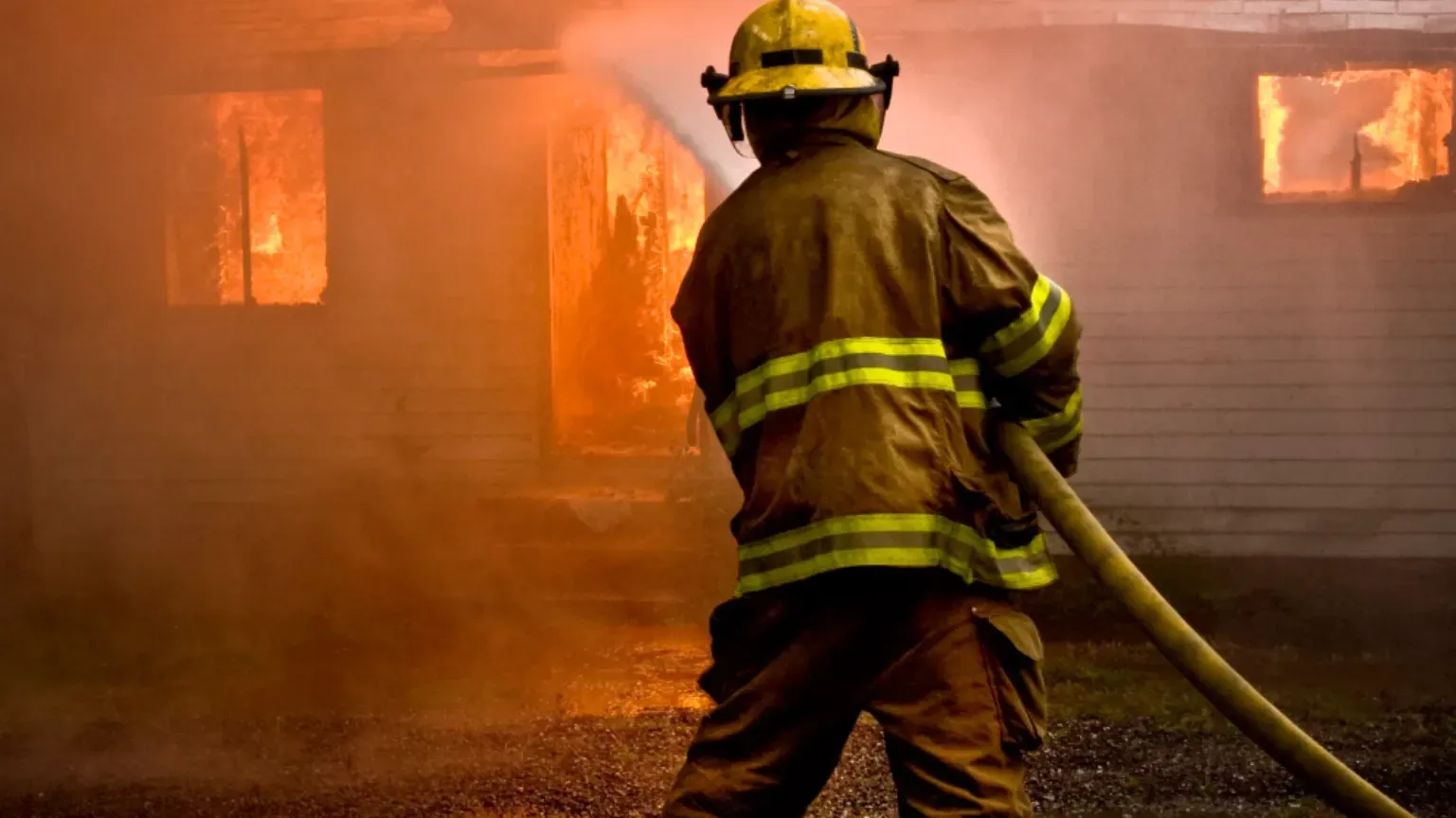

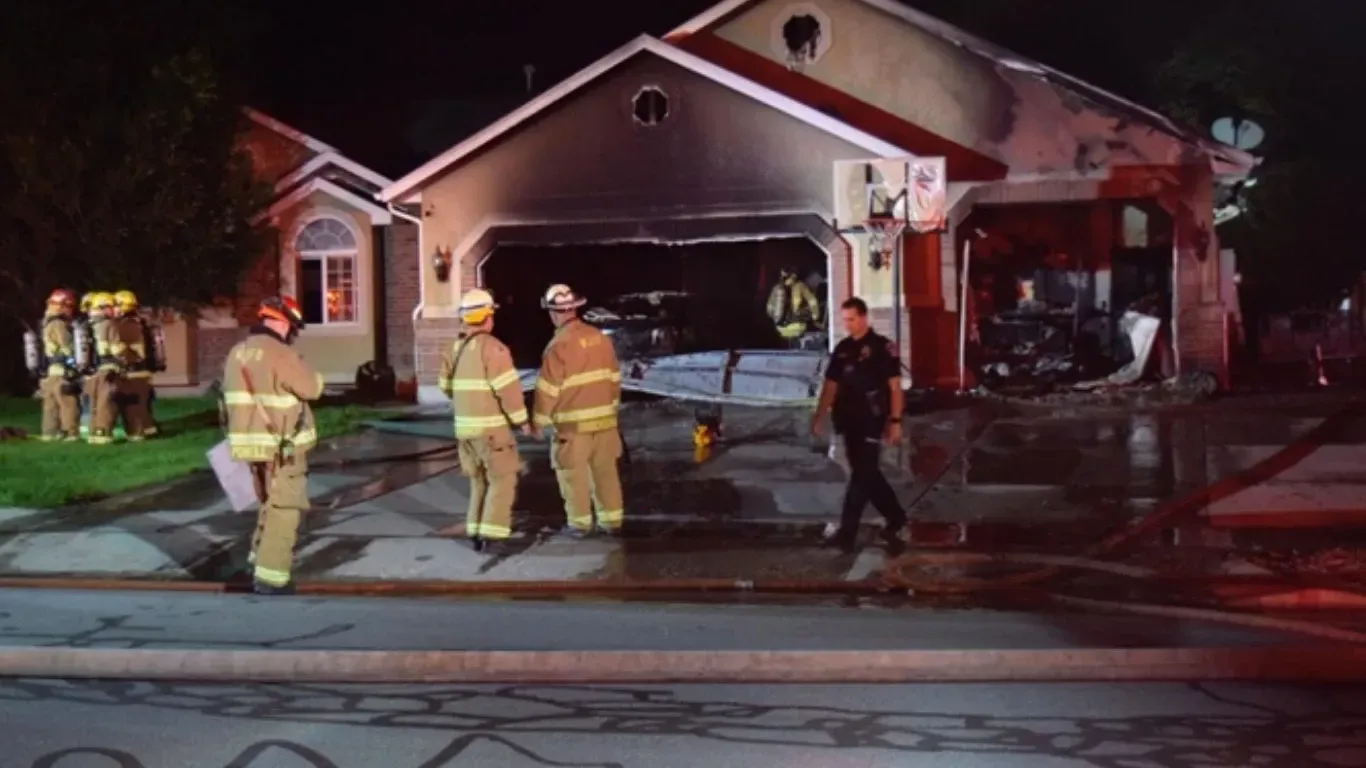

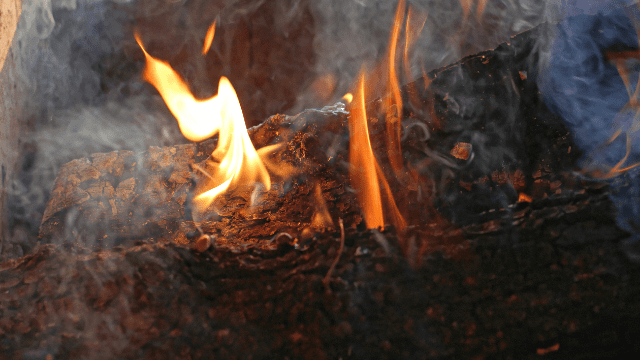
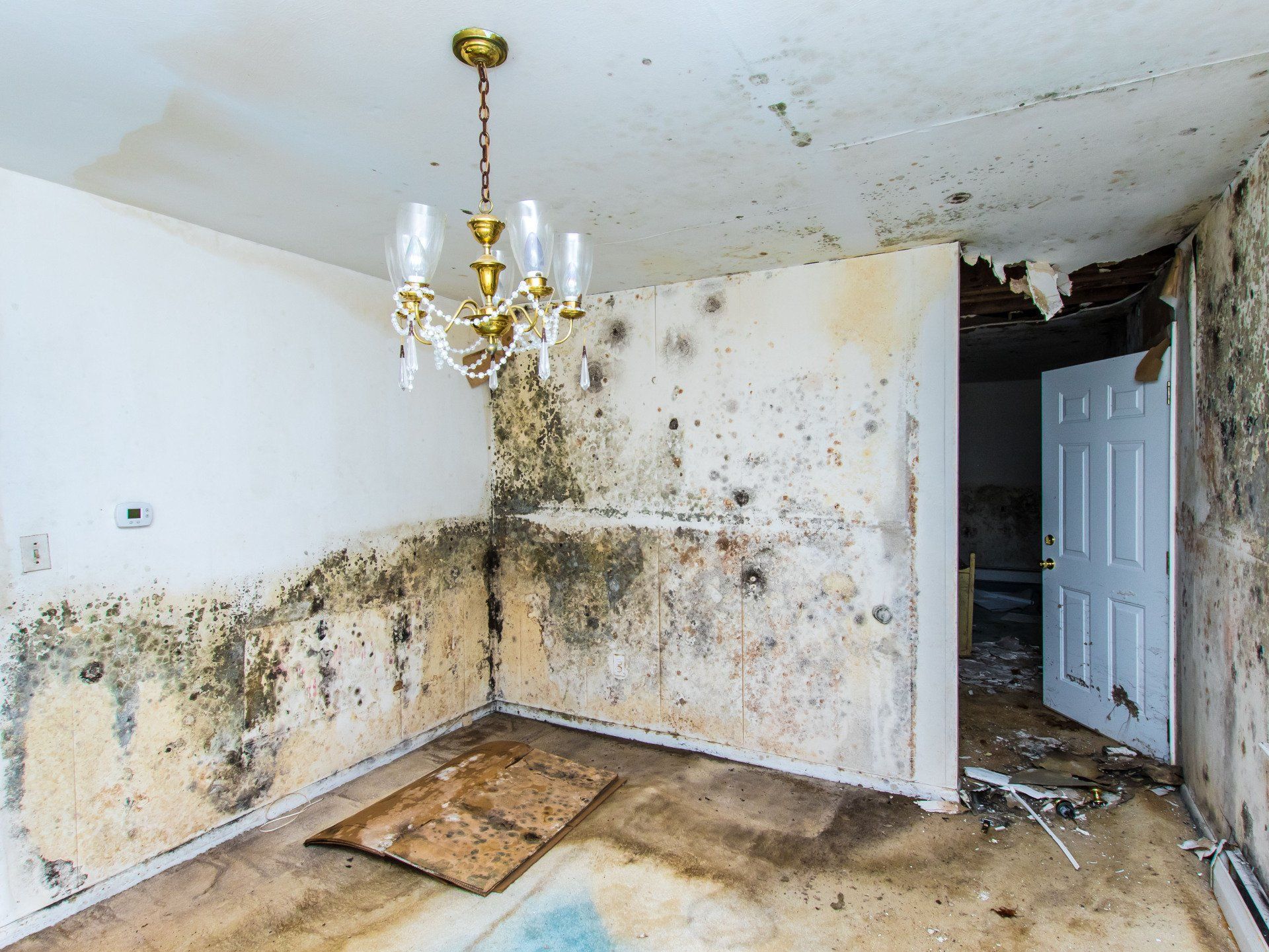
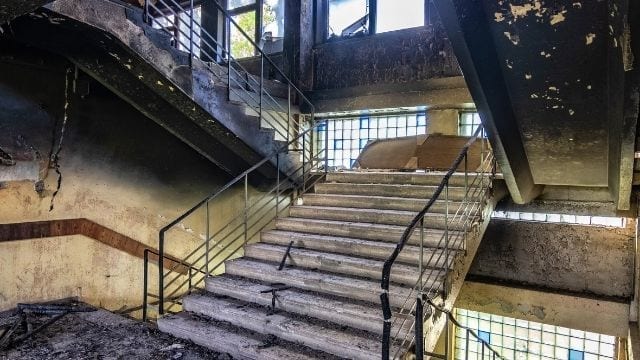


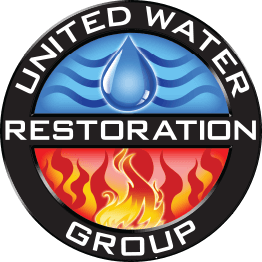
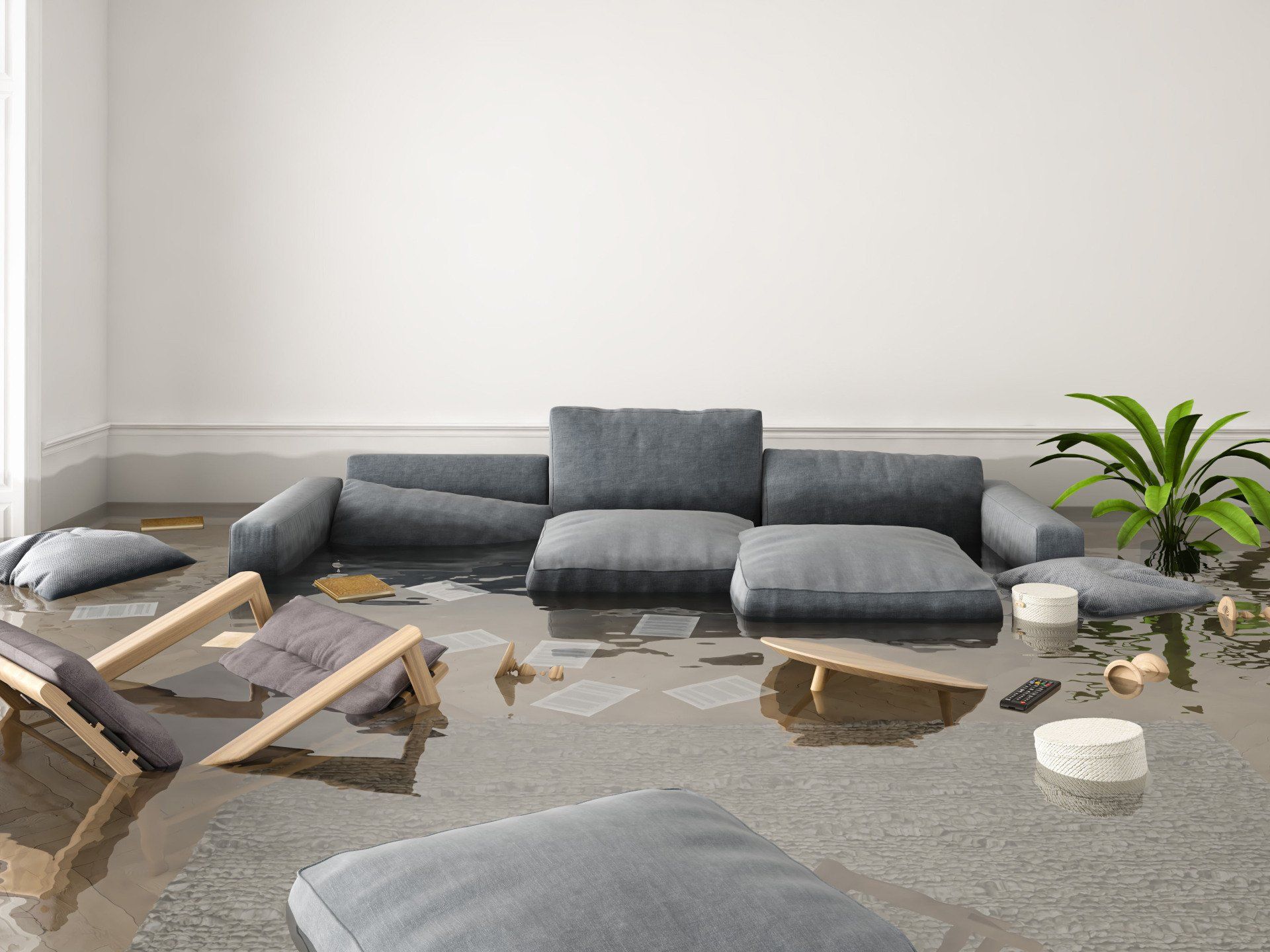
Share On: